In a nutshell: Researchers have brought Superman’s X-ray vision a step closer to reality with a tiny new imager chip that can peek inside boxes and through walls. The chip, developed by a team from the University of Texas at Dallas and Seoul National University, uses terahertz radiation to detect objects through thin materials like cardboard from about an inch away.
This “X-ray vision” tech may sound a bit creepy at first, but the researchers have built in some privacy safeguards. For now, the chip’s range is limited to around an inch, so you’d have to get awkwardly close to spy on someone’s belongings. Future versions may see up to 5 inches away, but that’s still in arms-length territory.
Dr. Kenneth O from UT Dallas explained that if a thief tried to scan the contents of someone’s bag, they’d need to be close enough that the person would be aware of what they were doing.
The chip works by emitting and detecting terahertz radiation, which is invisible to humans but can penetrate thin surfaces. Early prototypes used lower frequencies around 100 GHz, but this latest 2024 version operates at 296 GHz for better resolution. O says that they obviously don’t use X-ray frequencies, which “can be harmful.” In fact, the chip’s frequencies aren’t anywhere near X-ray’s operational range which is between 30 petahertz and 30 exahertz.
What’s really impressive is how the team managed to shrink the technology down to something small enough for mobile devices. The imaging array is built using standard CMOS chip technology and consists of just a 1×3 array of “pixels” the size of grains of sand.
“It took 15 years of research that improved pixel performance by 100 million times, combined with digital signal processing techniques, to make this imaging demonstration possible. This disruptive technology shows the potential capability of true THz imaging,” said Dr. Brian Ginsburg, director of RF/mmW and high-speed research at TI’s Kilby Labs.
The researchers see a wide range of use cases with this piece of technology. It can be fitted in phones and used to detect contraband inside packages and find studs, pipes, and wiring installations behind walls for construction projects. It could even have medical imaging applications down the road.
“We designed the chip without lenses or optics so that it could fit into a mobile device,” said Dr. Wooyeol Choi from Seoul National University, a lead author on the study published in IEEE Transactions on Terahertz Science and Technology.
The research involved nearly two decades of work by O’s team at the Texas Analog Center of Excellence, supported by sponsors like the Semiconductor Research Corporation, Texas Instruments, and even Samsung.
The quest to develop vision that can penetrate solid objects is a pursuit that has captivated researchers for ages. Just last year, a team unveiled a technique to detect and track human movements behind walls by using WiFi router signals. In 2018, MIT scientists pioneered RF-Pose, a system that used neural networks to interpret radio waves reflecting off people’s bodies, essentially allowing it to see through walls.
#Researchers #develop #tiny #Superman #vision #chip #walls









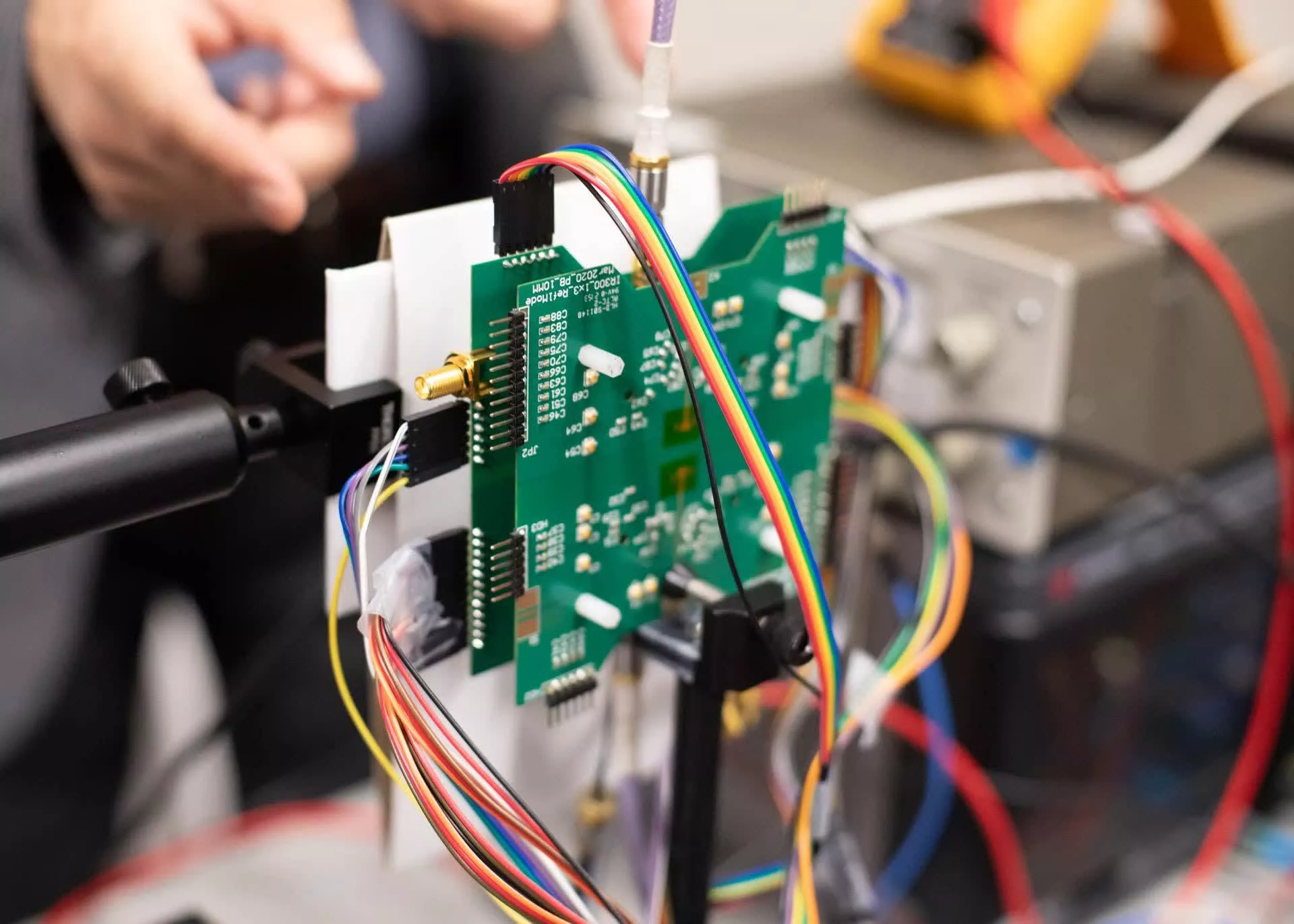
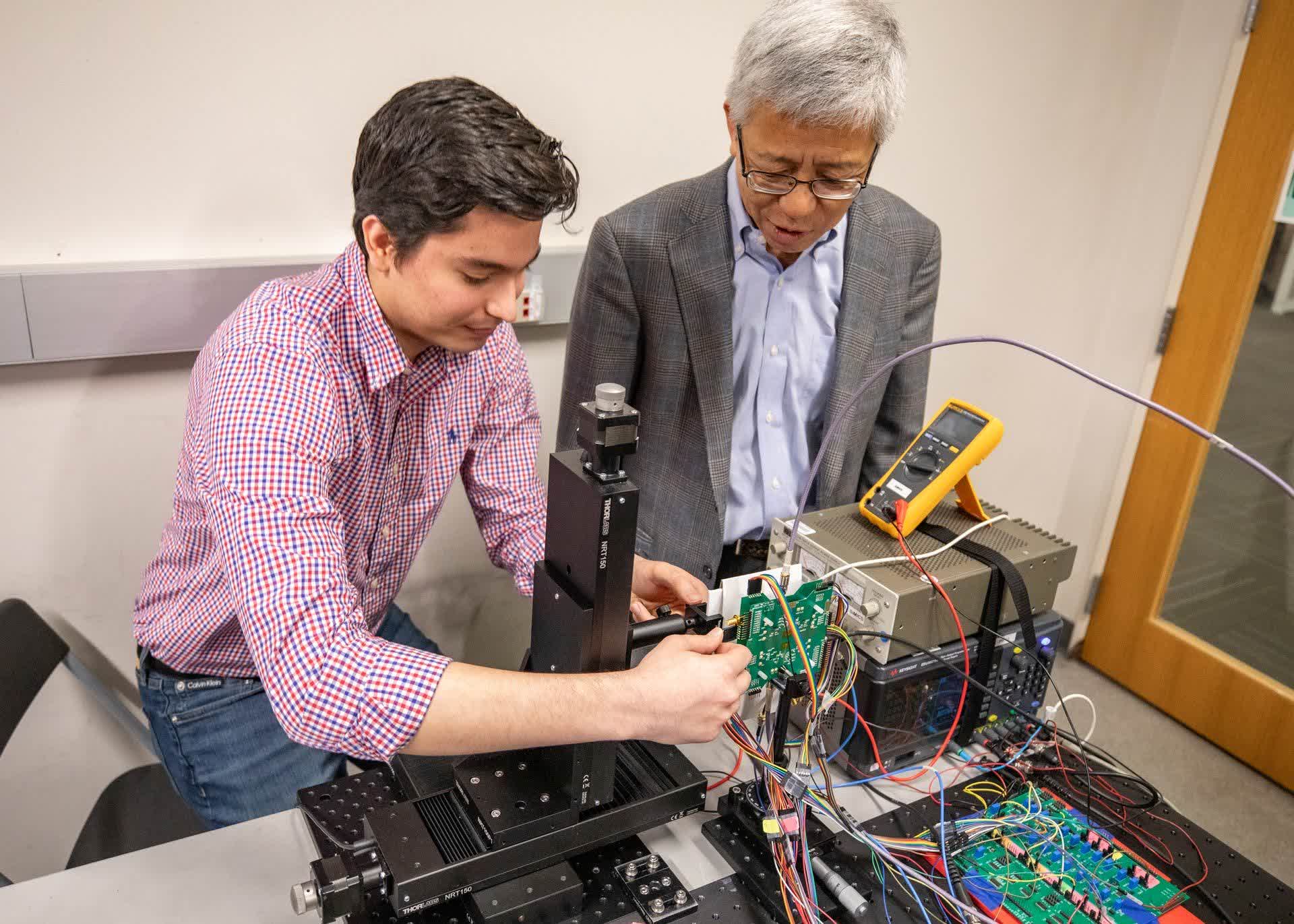
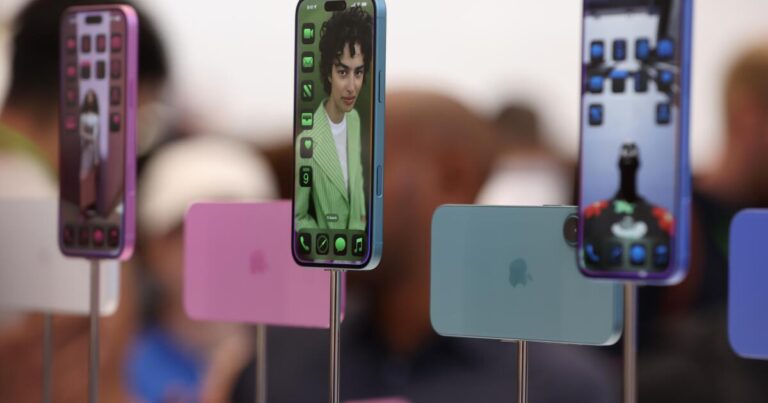

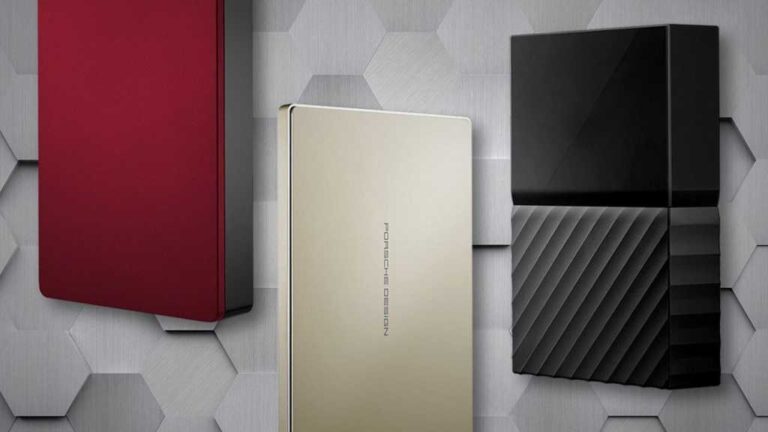

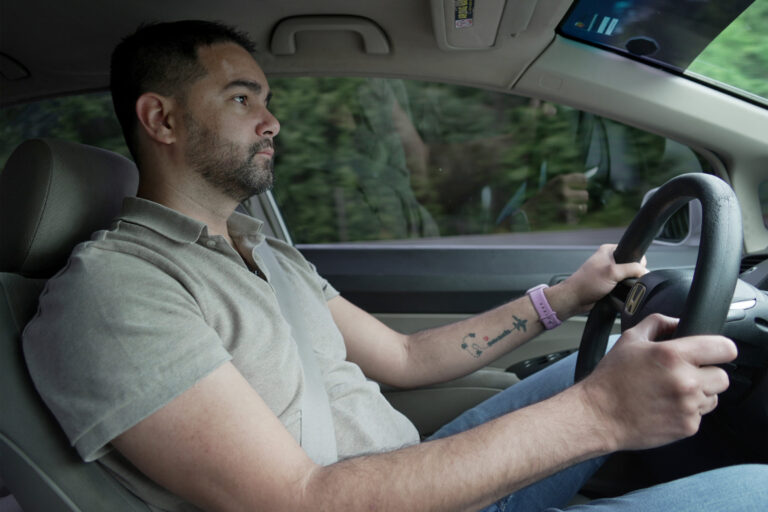




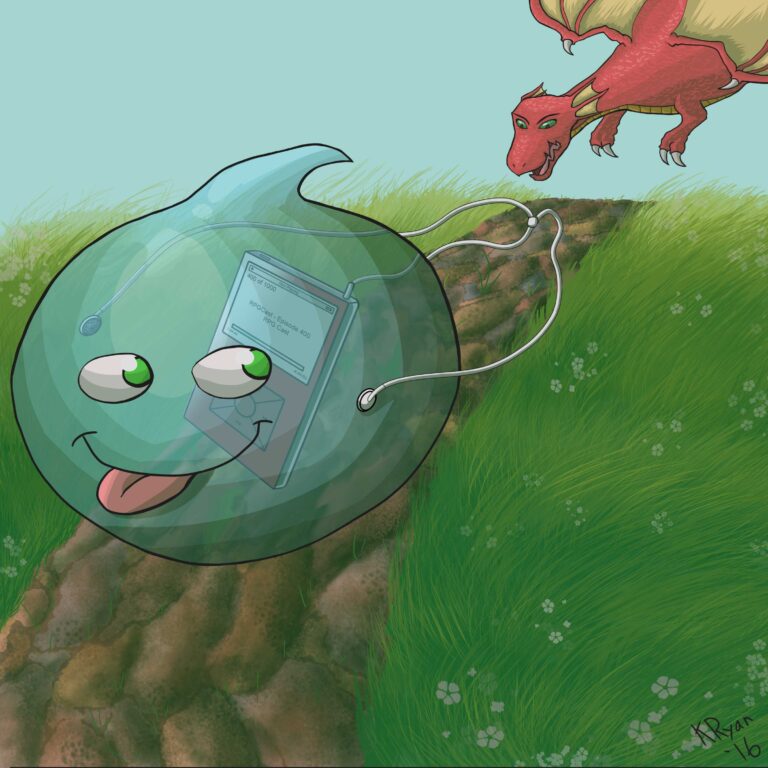

+ There are no comments
Add yours